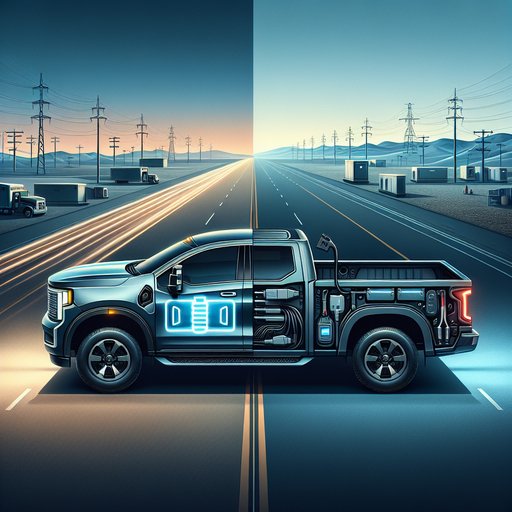
EV and hybrid pickups accelerated in 2024, with GM’s Silverado EV moving from fleet to retail, Ford widening hybrid availability on the F-150, Toyota scaling i-Force Max hybrids across Tundra and Tacoma, and Tesla ramping Cybertruck deliveries. Ram, meanwhile, readied two paths: the all-electric 1500 REV and the range-extended Ramcharger targeting long-haul flexibility. The headline shift is practical: more range, faster charging, broader trim mixes, and growing access to Tesla’s Supercharger network through adapters and new NACS ports. Together, these developments move electrified pickups from niche to viable alternatives for daily work, family duty, and weekend towing—while keeping an eye on the realities of payload, cold-weather range, and charging downtime.
On the fully electric front, Chevrolet’s Silverado EV reached retail buyers with long-range Ultium variants and 800-volt fast charging, while GMC’s Sierra EV began trickling out in limited numbers. Ford’s F-150 Lightning received software and charging-network updates as owners gained Supercharger access via adapters, easing road-trip planning. Tesla continued to scale Cybertruck output, emphasizing stainless construction and strong off-road angles alongside rapid DC charging. Ram kept interest high with the imminent 1500 REV and the Ramcharger, the latter pairing battery driving with an onboard generator for long-range assurance.
Hybrids quietly became the year’s steady sellers. Ford priced the F-150 PowerBoost hybrid closer to its popular V6, boosting take rates without sacrificing towing or Pro Power-style worksite electricity. Toyota’s Tundra i-Force Max hybrid emphasized torque and efficiency for towing, while the new Tacoma hybrid brought extra low-end punch to mid-size buyers who split time between commuting and trail duty. These systems preserve familiar refueling routines yet cut fuel burn in stop‑start driving and at lower speeds where pickups spend much of their lives.
Capability comparisons are more nuanced than a spec-sheet glance. EV pickups deliver immediate torque, smooth low-speed control, and powerful vehicle-to-load outlets—benefits for trailering, job sites, and campsite life—but see range fall faster under heavy tow and in winter. Hybrids mitigate that drop and refuel in minutes, though they can’t match the silent, low-cost overnight “refill” of a home-charged EV. Traditional gas models still win for the heaviest, longest hauls thanks to quick refueling, wide payload options, and abundant stations.
Battery weight can trim payload on some EVs, yet their chassis tuning and low center of gravity often stabilize trailers and improve ride comfort. Costs are trending more competitive. Select EV trims regained federal tax credits and, combined with cheaper home electricity and lower maintenance, are penciling out favorably for fleets with predictable routes and for commuters who tow occasionally. Hybrids improve real-world mpg without charging infrastructure, appealing to rural buyers and contractors who can’t count on DC fast chargers near jobsites.
The charging picture is improving as Ford, GM, and others tap into Superchargers now and adopt NACS ports starting with 2025 models, cutting wait times on long trips. Over the next year, expect more trims, lighter batteries, and smarter tow-aware route planning to keep narrowing the gap with traditional pickups while preserving the strengths truck owners value.








